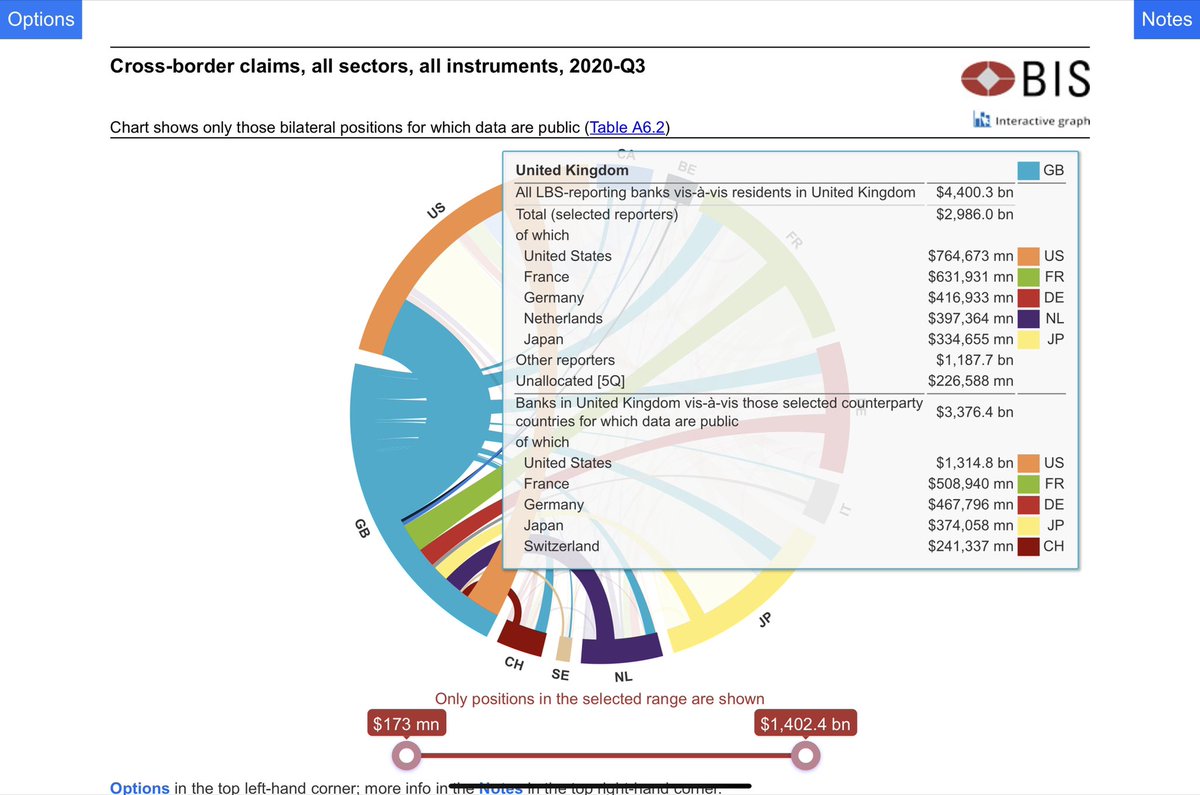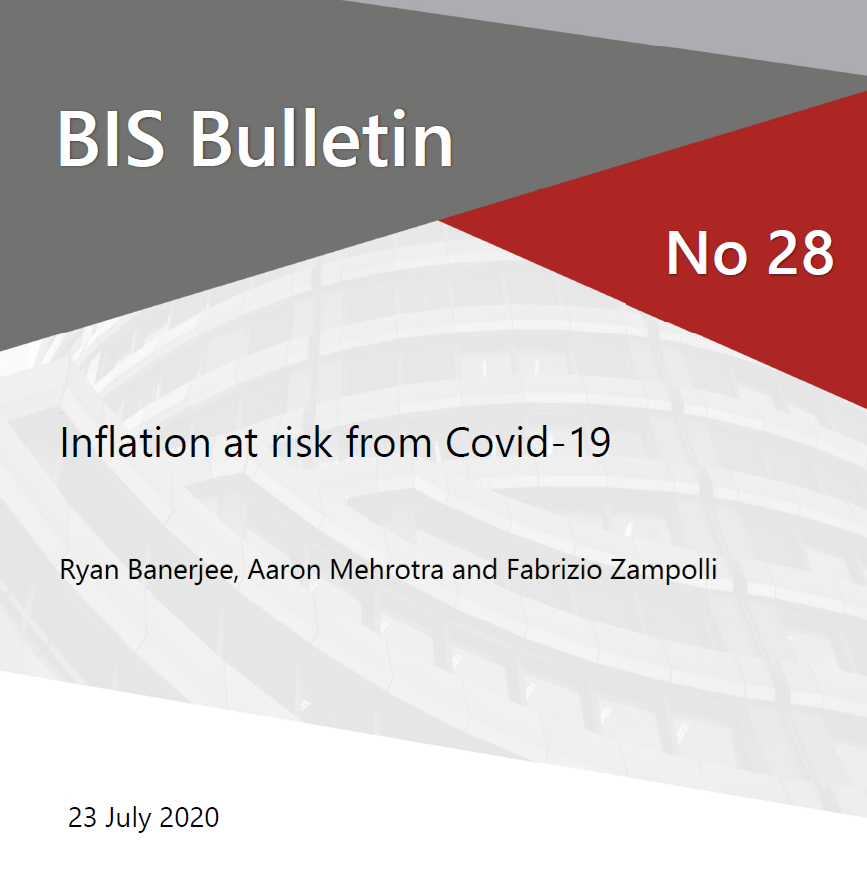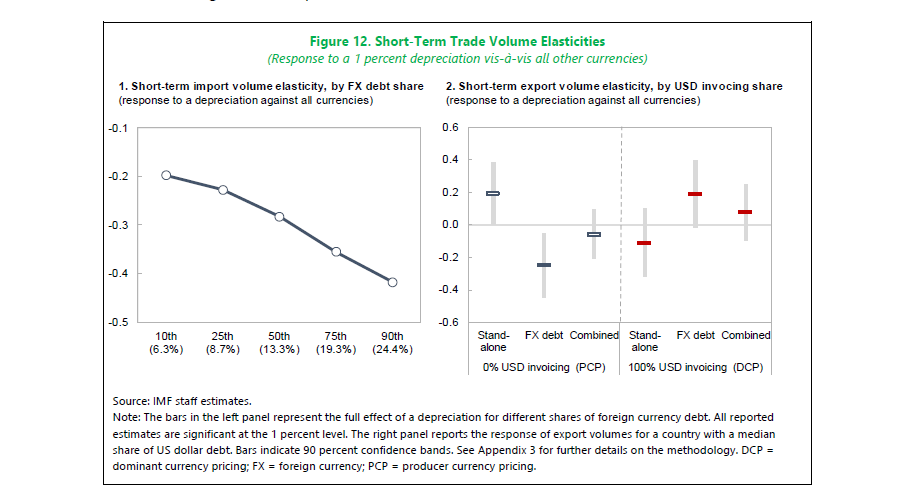
Timely outing on Odd Lots with @tracyalloway and @TheStalwart to discuss data silos and "walled gardens" in the digital economy
One thought occurred to me after the podcast.
Here's a quick thread.
One thought occurred to me after the podcast.
Here's a quick thread.
https://twitter.com/TheStalwart/status/1408032963925848070
Privacy looms large when CBDCs come up, as digital currencies rely on a ledger of some kind - a record of who owns what, when, and who pays what to whom; see this (tough but fair) interview with @izakaminska and @senoj_erialc I gave to @FTAlphaville
https://twitter.com/HyunSongShin/status/1407760371302252544?s=20
The idea of a digital ID-based CBDC causes discomfort (to say the least); it conjures up notions of compulsory national identity cards
See this classic episode of "Yes Minister", for instance
See this classic episode of "Yes Minister", for instance
But it's worth casting the net wider, as digital ID needn't be a government-issued national ID system;
See the box on the subject in the BIS report on CBDCs (page 83)
bis.org/publ/arpdf/ar2…
See the box on the subject in the BIS report on CBDCs (page 83)
bis.org/publ/arpdf/ar2…

And there's always the "jigsaw puzzle" principle; no single party (other than the individual him/herself) has all the pieces; public key cryptography is a pretty familiar technology going back to the 1970s
There is a brief discussion of the "federated ID model" in the chapter
There is a brief discussion of the "federated ID model" in the chapter
Anyway, the centrality of data in the digital economy means that "walled gardens" are all around for the unwary 

It's nice inside, but it can be pretty difficult to escape once you're there
I should have mentioned to @tracyalloway and @TheStalwart the classic 1960s TV series "The Prisoner"
It's not a bad allegory for walled gardens
en.wikipedia.org/wiki/The_Priso…
It's not a bad allegory for walled gardens
en.wikipedia.org/wiki/The_Priso…
If you're into this kind of thing, the opening episode is up on YouTube in its entirety
Adding two further pieces to this thread (looks like our CBDC chapter has started quite a lively debate).
The first is this thoughtful piece by @MESandbu that asks all the right questions on what broader impact of CBDCs will be
ft.com/content/1b35d7…
The first is this thoughtful piece by @MESandbu that asks all the right questions on what broader impact of CBDCs will be
ft.com/content/1b35d7…
The second piece is from @gilliantett; “A contest to control crypto is under way” on.ft.com/3wUMSAA
• • •
Missing some Tweet in this thread? You can try to
force a refresh














